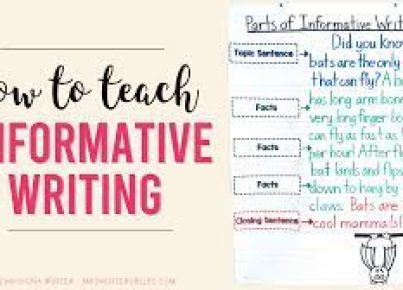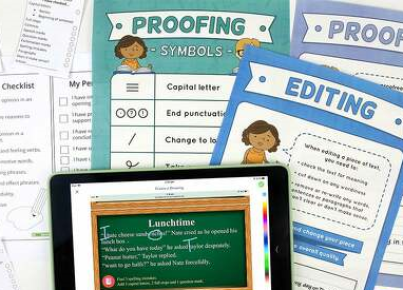This chair is where students sit on – one after the other, while expressing their writings in words, in front of their peers. It is also referred to as the “chair of distinction.”
An Author’s Chair can solidify learning by letting students fully comprehend their original work. Any chair like a spare teacher’s chair, a student’s chair, or an oversized executive chair can be designated as the Author’s Chair. Each student takes a turn to sit on it, faces the audience that typically consists of their classmates, and reads their narrative aloud. Once the author finishes the narration, the peers in the audience will be asked to share their feedback, ideas for revision, or suggestions as part of their critiquing.
The strategy of using an Author’s Chair has several advantages, which are as follows:
- It’s an effective formative assessment
- It enhances students’ comprehension of a text and apply what they have learned to their own writing
- It helps develop students’ perception of authorship
- It encourages peer editing and collaborative learning skills
- It emphasizes that students’ experiences and ideas are of value
- It inspires students to write more as they get a willing audience to listen to them and critique their creation
- It develops listening skills, along with critical thinking and reflection
- It enhances students’ overall writing and speaking skills
The first step to using an Author’s Chair is to select a special chair that stands out. In case there’s no spare teacher’s chair or big executive chair, a student’s chair can be labeled with a colorful sticker as the ‘Author’s Chair.’ The key is to make it inviting and exciting for students to look forward to sitting on it and sharing their writing with their peers.
The second step is where the teacher explains how they will use the Author’s chair to the students. This will be followed by a student who’s the first to sit on the chair and share his writing. Once the narration finishes, the teacher will invite listeners to raise their hands if they want to comment or suggest anything to the author of the text.
The teacher could let the author decide which classmates get to critique his writing. For instance, the author may get to call on three classmates, two of whom share positive feedback or comments, while another talks about something confusing or unlikeable in the text that has just been read.




